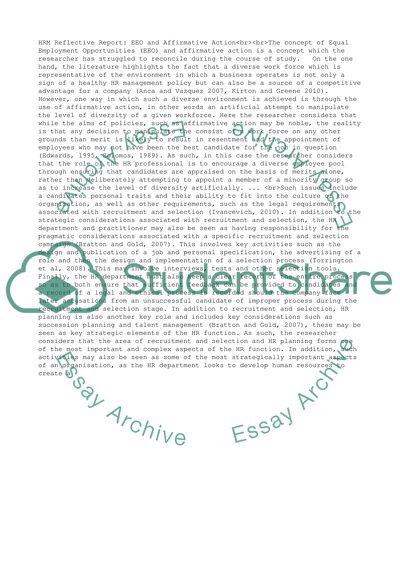Cite this document
(“HRM Reflective Report: EEO and Affirmative Action Essay”, n.d.)
HRM Reflective Report: EEO and Affirmative Action Essay. Retrieved from https://studentshare.org/business/1435026-hrm-reflective-report-eeo-and-affirmative-action
HRM Reflective Report: EEO and Affirmative Action Essay. Retrieved from https://studentshare.org/business/1435026-hrm-reflective-report-eeo-and-affirmative-action
(HRM Reflective Report: EEO and Affirmative Action Essay)
HRM Reflective Report: EEO and Affirmative Action Essay. https://studentshare.org/business/1435026-hrm-reflective-report-eeo-and-affirmative-action.
HRM Reflective Report: EEO and Affirmative Action Essay. https://studentshare.org/business/1435026-hrm-reflective-report-eeo-and-affirmative-action.
“HRM Reflective Report: EEO and Affirmative Action Essay”, n.d. https://studentshare.org/business/1435026-hrm-reflective-report-eeo-and-affirmative-action.


